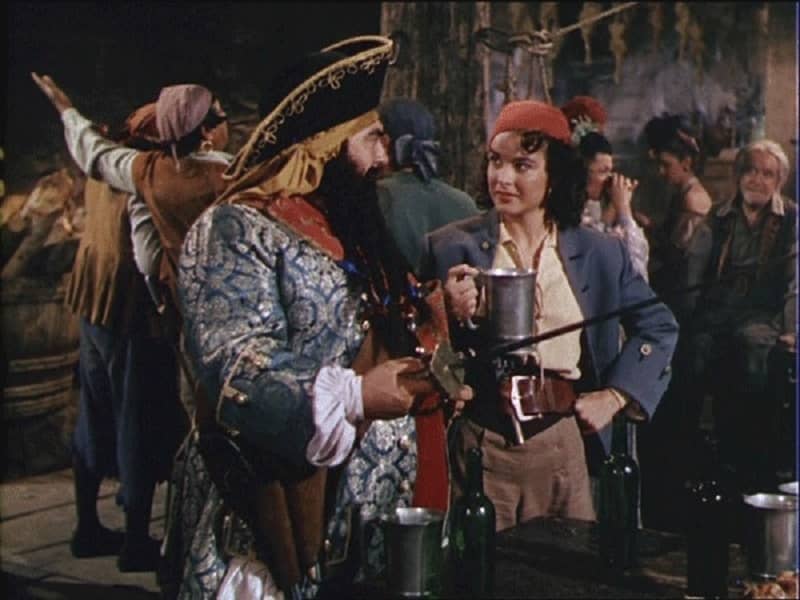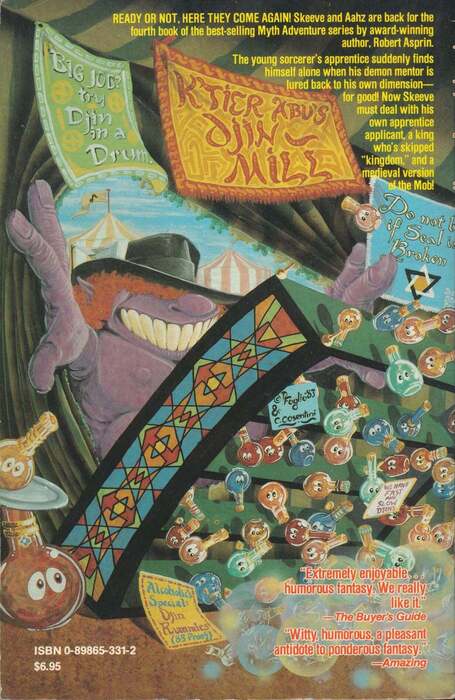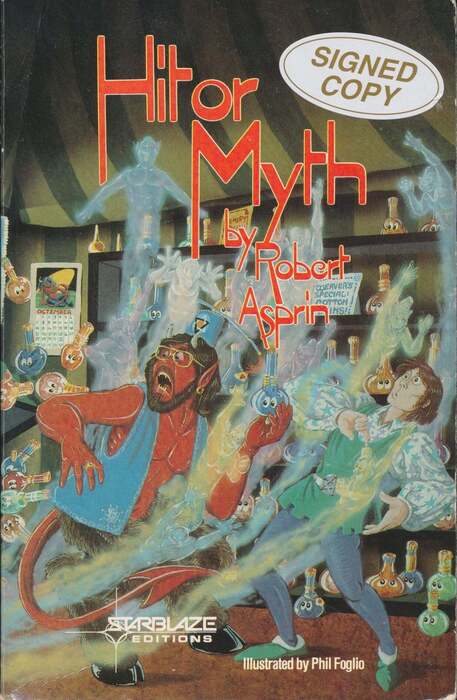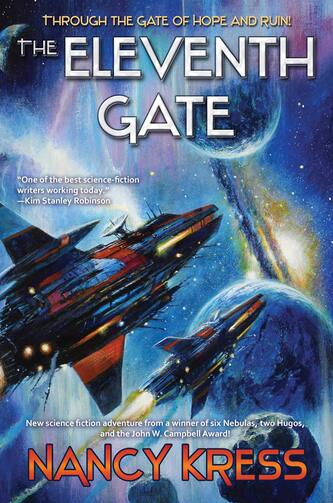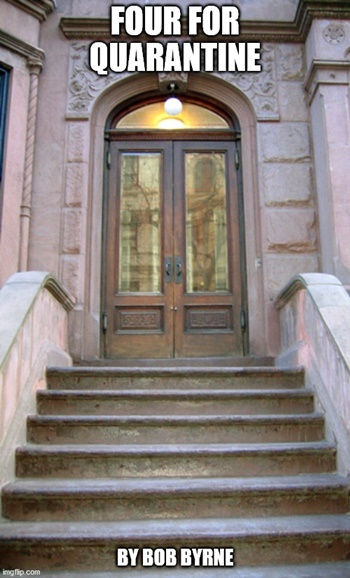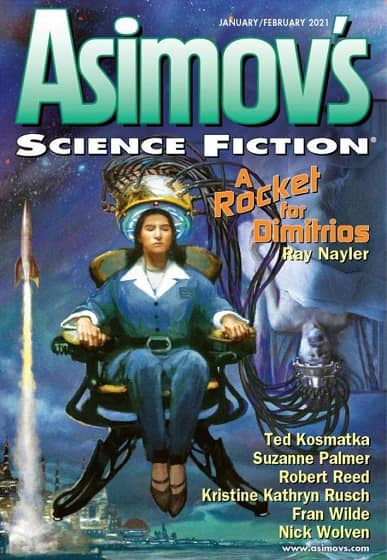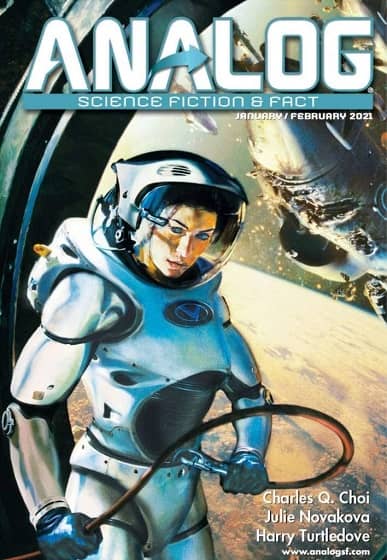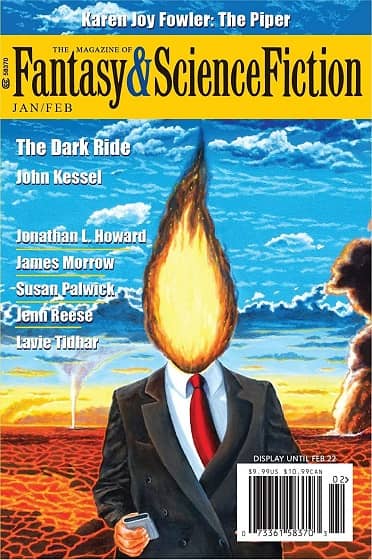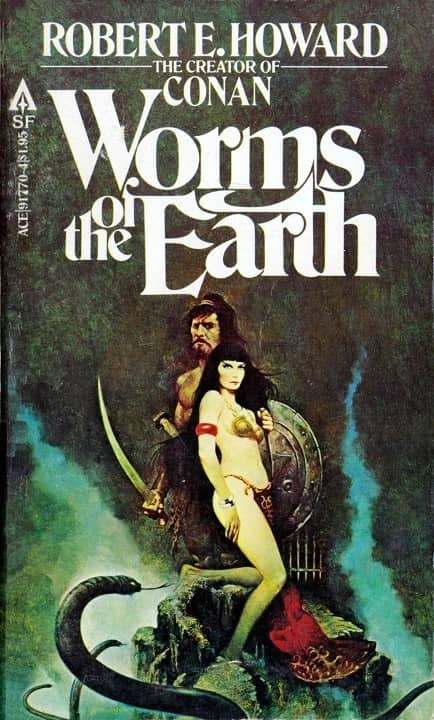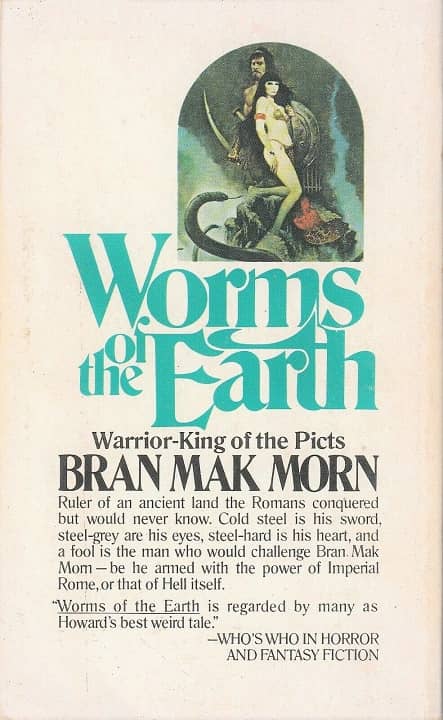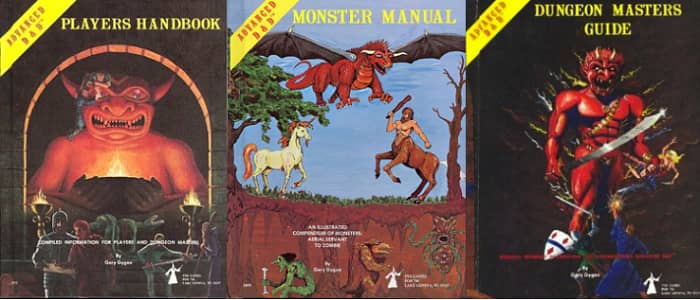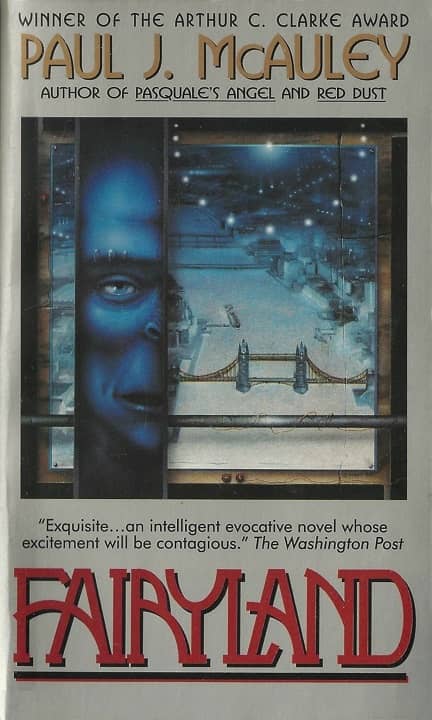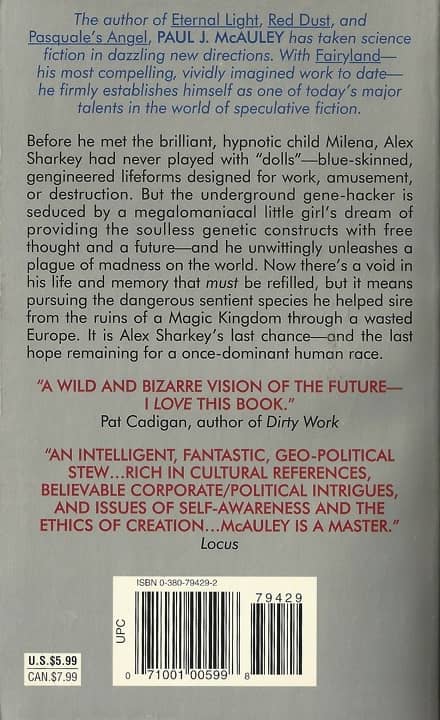A Mutant Godling on a Ruined Earth: The Eyes Trilogy by Stuart Gordon
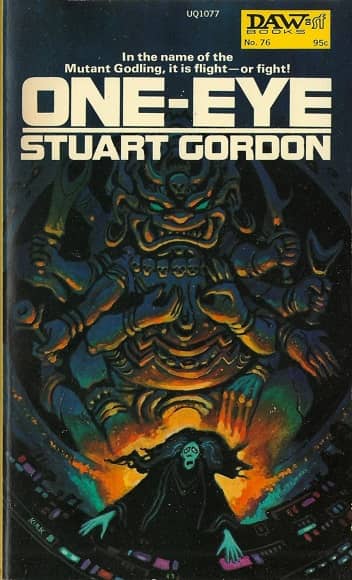 |
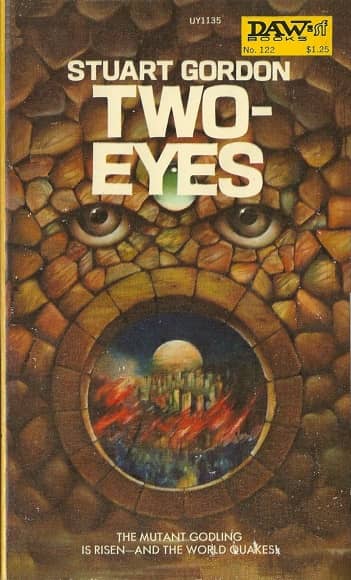 |
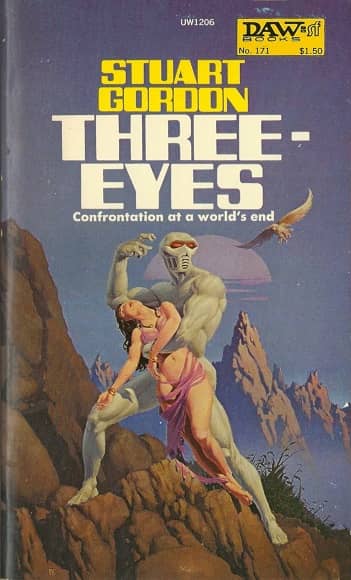 |
The Eyes Trilogy by Stuart Gordon (DAW, 1973-75). Covers by Tim Kirk, Peter Manesis, and Michael Whelan
DAW Books is one of the most prestigious and successful science fiction imprints in the industry, regularly publishing top-selling authors and titles. Fifty years ago…. well, it wasn’t any of those things. Donald A. Wollheim built his scrappy publishing powerhouse the old fashioned way: by buying the best books he could find on a shoestring budget, slapping whatever cover art he could find on the cover, and moving on rapidly to the next book.
Wollheim gave a lot of brand new authors (and forgotten authors, and washed up authors) a chance — and in many cases, multiple chances. Many, like C.J, Cherryh, John Brunner, Tanith Lee, Mercedes Lackey, and Melanie Rawn, grew with the imprint and gradually became big names. And a great many…. didn’t.
Stuart Gordon is in the latter category. He published a trilogy of science fiction paperbacks in the early 70s, then promptly abandoned SF, moving on to biker books like The Bike from Hell and The Devil’s Rider (both written as Alex R. Stuart). But I used to see One Eye, Two Eyes, and Three Eyes on the shelves when I was a wee lad exploring the science fiction racks for the first time, and they always fascinated me.
Part of it was the subject matter: a strangely powerful mutant roaming a blasted post-apocalyptic landscape and…. I dunno? Carrying unconscious women around? I was never clear on the concept, actually. But hey, mutants and blasted mountain peaks! That’s all it took to fascinate me in those days. My needs were simple.
